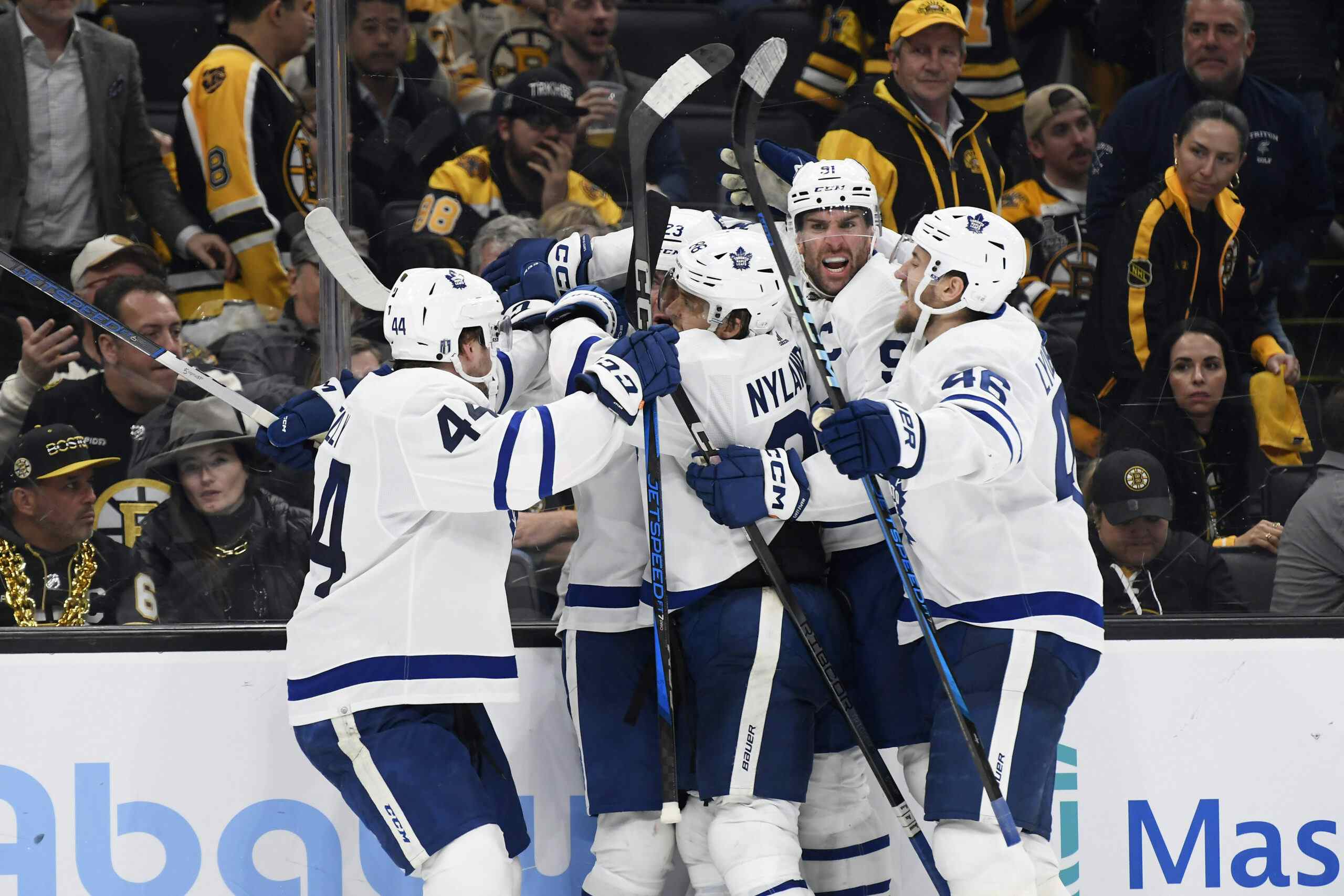Worst Leafs Trades Since 1967 Countdown – No. 2: Giving away their 1991 first-round pick

By Cam Lewis
3 years agoThere are multiple examples of the Leafs trading away their first-round pick way too early and it blowing up in their face. It’s amazing that the organization didn’t learn its lesson after the 1991 debacle.
In 2009, the Leafs gave up two unprotected first-round picks for Phil Kessel, which ended up being Tyler Seguin and Dougie Hamilton. At least Kessel was a great player in Toronto, so you can argue the merit of the deal. There’s also the re-acquisition of Wendel Clark, which resulted in Toronto giving the Islanders the pick they used on Roberto Luongo.
But before both of those deals came the infamous Tom Kurvers acquisition, far and away the worst deal of them all.
In the late-80s, the Leafs appeared to be turning the corner from the laughingstock they had become at the beginning of the decade. A young core of players like Wendel Clark, Vincent Damphousse, and Ed Olczyk helped Toronto to three-consecutive playoff appearances (and two series victories) between 1986 and 1988.
The 1988-89 season was a step backwards as the team would miss the playoffs after posting a paltry 28-46-6 record. The following off-season, general manager Gord Stellick would resign due to “interference” from Leafs owner Harold Ballard. He would be replaced by Floyd Smith, who had coached the team in 1979-80 but had to give up his job after being injured in a car accident. Smith had spent the entire decade after that as a scout for the organization.
A major hole on the Leafs’ roster was on the blueline. While the team boasted a wealth of talented young forwards, they badly needed help on defence. One of the last moves that Stellick had made before resigning was dealing a second-round pick to the Calgary Flames for Rob Ramage, a defender who had just played a key role in the Flames winning their first-ever Stanley Cup.
After a 1-4 start to the season, Smith decided the team needed more help on the blueline. Tom Kurvers was the player that Smith set his sights on. Kurvers had been a good defenceman in the league for five seasons and was coming off of a 66-point season with the New Jersey Devils. New Jersey had acquired him a couple of years earlier from the Buffalo Sabres in exchange for a third-round pick, but, after that huge season, his value had gone up.
As a result, Smith sent the Devils the Leafs’ first-round pick in 1991 to acquire Kurvers.

Giving away a pick in the 1991 draft had added weight to it because of the growing hype of Eric Lindros, who was deemed to be The Next One. Lindros became known as a prospect while playing minor hockey for the Toronto Marlboros and the Toronto Young Nationals, but the hype train really got out of control after he posted 67 points in 37 games playing for the Metro Junior “B” St. Michael’s Buzzers in 1988-89.
The deal helped the Leafs in the short-term. Kurvers had an excellent season in his first year in Toronto, posting 52 points in 70 games and the team put up a 38-38-4 record, good for third in the Norris Division. Unfortunately, Toronto’s playoff run wouldn’t last long as they got taken out by the St. Louis Blues in five games in the first round.
Despite the disappointment in the playoffs, there was plenty of optimism about the Leafs’ future. The team was young and, seemingly, on the rise. The anxiety about possibly giving up a chance to draft Eric Lindros disappeared as the Leafs were viewed as a surefire playoff contender heading into 1990-91.
Then everything went sideways. The Leafs got off to horrendous 1-9-1 start, failing to pick up their first win until their eighth game of the season. Head coach Doug Carpenter was fired and replaced by Tom Watt, but that didn’t make a difference. The season was over by mid-November as the Leafs owned a league-worst 3-16-1 record after 20 games.
Juggling the anxiety of possibly giving New Jersey the first-overall pick with the reality that their season couldn’t be turned around, the Leafs looked for a creative way to ensure they didn’t finish last overall. Rather than trying to get better, they tried to make the Quebec Nordiques worse.
Quebec had their first-round pick and welcomed finishing last so that they could draft Lindros. Smith struck a deal with the Nordiques, giving them Scott Pearson and two second-round selections in exchange for Lucien DeBlois, Michel Petit, and Aaron Broten. This deal served no other function than making the Nordiques worse.
The plan worked out as Quebec finished well clear of Toronto for dead last in the league. The Nordiques posted a 16-50-14 record while Toronto, who finished second-last, had a 23-46-11 record. Quebec would select first, the expansion San Jose Sharks would draft second, and the New Jersey Devils, with Toronto’s pick, would pick third.
Crisis averted, right? Wrong.
The Nordiques took Lindros as expected even though he said he wouldn’t play in Quebec. San Jose, with their first-ever pick, then took Pat Falloon, leaving New Jersey with Scott Niedermayer.
As much as hype as Lindros had, now that it’s all said and done, New Jersey actually ended up with the best player here. Lindros was an absolute machine in the NHL, but, unfortunately, his career was shortened due to issues with concussions.
Meanwhile, Niedermayer was key in the Devils becoming one of the league’s most dominant teams in the 90s and early 2000s. Over 829 games with the Devils, Niedermayer recorded 476 points and posted a plus-176 rating. He won the Norris Trophy in 2004 and helped the Devils to Stanley Cups in 1995, 2000, and 2004. He would also go on to win a Stanley Cup in Anaheim later in his career, also taking home the Conn Smythe for playoff MVP.
The lesson? Don’t trade future first-round picks.

Recent articles from Cam Lewis





